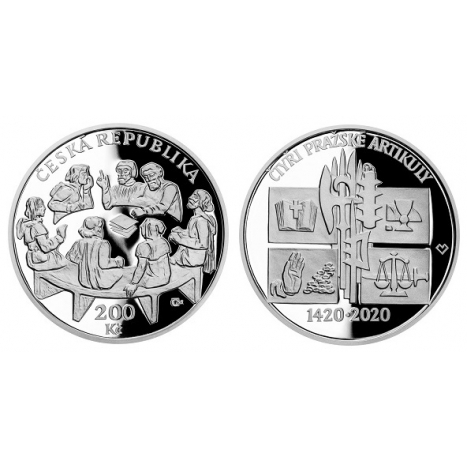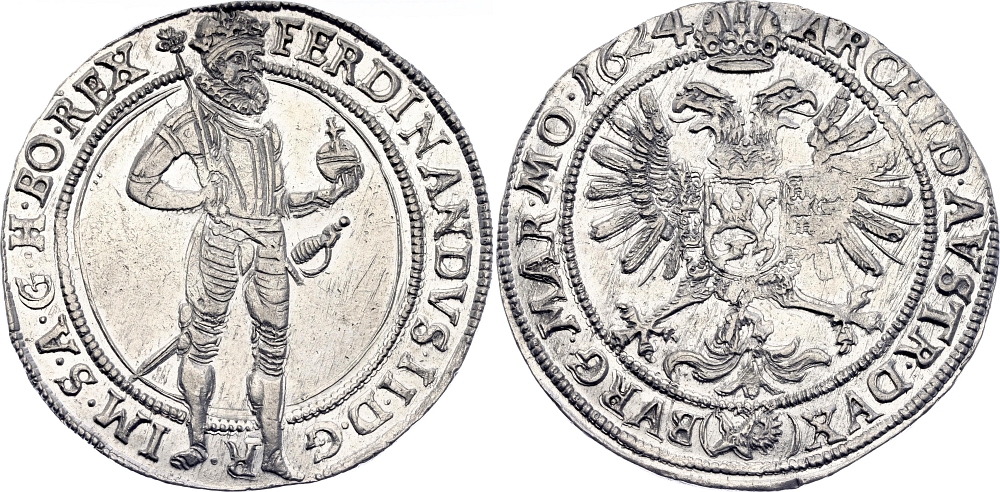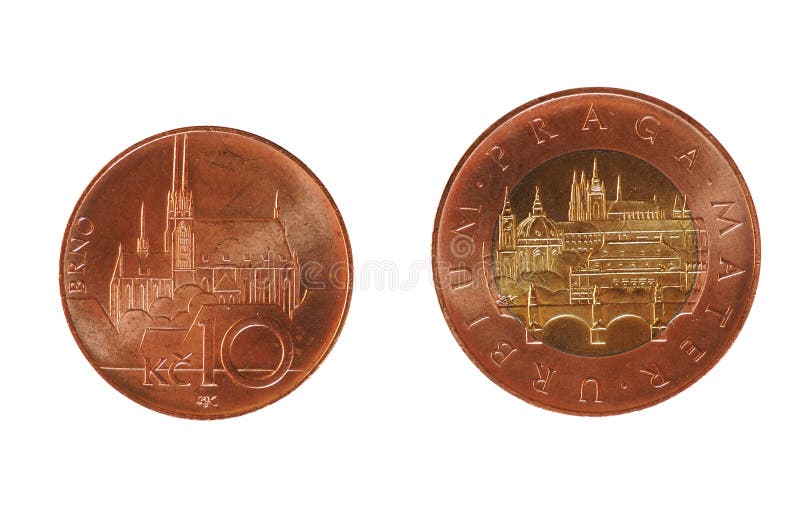Recommended Ideas On Scanning Prague Mint Coins
Wiki Article
What Are The Steps Artists Take To Sketch And Design Gold Coins Or Medals?
Artists employ various techniques to create sketches and designs for gold coins or medals, adapting traditional methods or utilizing digital tools for visualizationHand-Drawn Sketches
Sketches on Paper or with Pencils - Artists begin with sketching their ideas using pencils or pen. These sketches will help you conceptualize and plan the layout and style of your medal or coin.
Detailed rendering- The artist refines initial sketches with the addition of details, contours, and adjusting the composition overall. It may take several iterations to achieve the desired look.
Inking and tracing. When the pencil sketch is completed, the artist can trace or trace or. This will give a sharper outline. It is normal to trace the pencil sketch onto a fresh piece of paper or use a tracing sheet to complete this step.
Create depth and shade- Artists employ shading to create realism and to emphasize certain design elements.
Digital Design Creation
Graphic Design Software. Artists with a strong experience in design using digital technology are most likely to use Adobe Illustrator or Photoshop. They could also employ special 3D modeling programs. The coin or medal is designed digitally using tools to alter, scale, and ensure accuracy.
Vector Graphics Digital designs are typically made as vector graphics allowing for scalability without losing quality. The design can be adjusted to suit different sizes of coins, without sacrificing the clarity.
3D Modelling: Artists who are skilled are able to use 3D modeling software to create coin or medal designs in a three-dimensional environment. This will give a better illustration of the final design and lets you better comprehend how it will look.
Visualization and RenderingArtists can recreate the look of a completed coin or medal by applying various finishes, textures, or effects. They are also able to visualize the design under different light conditions or on different surfaces.
Both hand-drawn and digital design methods involve meticulous focus on detail, artistic skill, and an knowledge of the technical limitations and specifications required for minting coins or medals. Artists pick their preferred design technique based on the level of expertise they possess, the needs of their clients, and the desired aesthetic. Follow the top drawing Prague Mint gold coins website examples. including american eagle gold coin 1 oz, bullion gold bars for sale, gold coins for sale, gold coin with angel on both sides, 50 dollar gold piece, gold bullion bars for sale, gold and silver dealers near me, gold buffalo, kruger rand, gold dollar coin and more.

What Is The Reason Why Dies Used To Make Gold Medals And Coins Undergo Vacuum-Hardening Processes
The vacuum hardening process used to make dies for striking gold medals or coins requires subjecting the dies to high temperatures and controlled environments in a vacuum furnace. This article provides a quick overview of the process for forming a vacuum.
Diets for striking medals or coins are clean and free of any contaminants.
Loading into Vacuum Furnace
Die dies are placed in a vacuum-environment chamber.
Evacuation with Airplane
The vacuum chamber is made by eliminating air from the chamber, and then creating an environment controlled and free of oxygen. This helps prevent oxidation and guarantees the same heat treatment.
Heating Phase
The furnace is then heated to the desired temperature for hardening dies. The temperature is determined by the material that is used and the method by which it will be hardened.
Soaking at high temperatures
The material can reach the desired hardness, as well as the metallurgical structures are created.
Quenching (or Cooling)
After the soaking process, dies have to be cooled quickly by specialized methods. The quick cooling assists the metal achieve the desired hardness.
Tempering is optional
In some instances the tempering process occurs after the hardening stage. To improve the durability and ease the internal strain, dies could be heated at temperatures lower.
Quality Control and Inspection-
Dies that are hardened must go through rigorous quality control and inspections to ensure they achieve the desired strength, hardness or tolerances.
Post-Treatment Handling-
Die dies are then later subjected to further treatment, such as coating or polishing, prior to being used for strike of the coin or medal.
The process of vacuum hardening improves the durability, wear resistance and lifetime of the dies for striking gold coins or medals. The vacuum hardening process is a reliable and consistent way to harden dies in a controlled environment that's free of contaminants. View the top rated vacuum hardening Czechoslovakia gold coins website examples including buying silver bars, gold coin values, 1 10 oz american gold eagle, gold medal of olympic, 50 pesos gold coin, valuable gold dollar coins, gold buffalo, 2000 p sacagawea dollar, 50 dollar gold piece, st gaudens gold coin and more.

How Are Gold Coins And Medals Shielded From Corrosion With A Coating?
There are numerous reasons gold medals and coins can be coated. They can be used for protection, aesthetic enhancement, or to achieve specific effects. Here are a few different coating processes.
Clear Protective (Varies). A protective clear coating like lacquer is used to shield surfaces from corrosion. The coating is designed to preserve the coin's or medal's original appearance and protects the underlying metal.
Enhancement in appearance
Gold Plating or Gilding- Gold medals or coins may undergo gilding or plating processes, where the thin layer of gold is applied to the surface. This results in a medal or coin having a the appearance of a luxurious, glossy appearance.
Aesthetic Effects
Patina or Antique Finishes - Chemical treatments or special coatings are used to achieve an antique look. This process artificially age the surface, creating an aged look that is oxidized.
Colorization or coloring- Specific areas of a medal or coin can be colored using specialized coatings or enamels to emphasize design elements, create contrast or add visual attraction.
Anti-Tarnish Coatings-
Anti-Tarnish Coatings and Solutions to medals or coins that have intricate designs or areas that are prone to tarnishing anti-tarnish coats or solutions may be applied. These coatings help prevent oxidation and discoloration over time.
Specialized coatings for security or authentication
UV-Reactive Coatings and luminescent Coatings Certain coins or medals have coatings that are UV reactive, which reveal hidden elements or encryptions for security purposes or authentication.
Selective Coatings for Contrast
Selective Coating Removed- In certain cases the coatings on medals or coins are removed in a specific manner to provide contrast on polished and coated surfaces.
Each process has a distinct purpose, for instance, to improve the appearance and appearance of the metal, provide security, or produce certain aesthetic results. These coatings have a significant impact on the appearance and durability of gold-plated coins and medals which increases their value. Follow the recommended coating Czechoslovakia gold medals more tips. including golden and silver, 1oz of gold, gold and coin dealers near me, gold eagle, maple leaf gold coin, double eagles, gold quarter 2000, medal gold medal, buy coin gold, 1oz gold eagle coin and more.

How Do Gold Blanks Get Supplied And Stamped With High Pressure Into Coin Presses For Minting?
When the coining process is completed, blanks of gold are placed in coin presses under intense pressure. Then, they are stamped to produce completed coins or medals. This article will provide an outline of the process for loading blanks.
In a feeder system that is connected to the press, the gold blanks are prepared prior to the press and tested for quality. This feeder ensures that blanks are constantly delivered to the press.
Feeding Blanks into the Press
This feeder system guarantees that each blank is positioned precisely inside the chamber of stamping. This guarantees the exact placement of each blank for stamping.
Alignment and Positioning
The blanks will be placed in the press, and then placed in the striking area, making sure they are centered and perfectly aligned to allow for the stamping.
Striving Under Pressure
The coin press presses the gold blanks using high pressure by using two dies - one stationary and the other moving. The stationary die contains the impression of the design that is negative, while the one that can move is known as the Hammer.
The die moves and strikes the blanks with great force. The design is transferred to the surface of the blank. Die dies pressurize the design to create the relief raised on the medal or coin.
Repeated Striking
Multiple strikes are a great way to create a better drawn design or image on higher quality coins and medals. Each strike helps to refine the surface details of the coin or medal.
Ejection and Collection-
After they are struck, the coins and medals are released into trays. They are checked for quality control to ensure that designs stamped meet the requirements of all standards and specifications.
Post-Processing-
Alongside edge lettering and refeding, based on the specifications of the design or the mint specifications, certain coins or medals may undergo post-strike or other treatments.
The process of stamping gold blanks using the highest pressure is crucial as it imprints the design you want to see on them, making them refined coins and medals which can be used for the purpose of commemoration and collection, or even circulation. This process is extremely precise, as any alteration in pressure or alignment could alter the overall quality of the product. Take a look at the top rated minting Czechoslovakia gold coins blog examples. including gold and bullion, gold dollar coin 2000, bullion gold bars for sale, buy gold silver, twenty dollar coin, george washington gold dollar coin, old silver dollars, $20 gold coin, price of gold 1 oz today, gold and coin shops near me and more.
